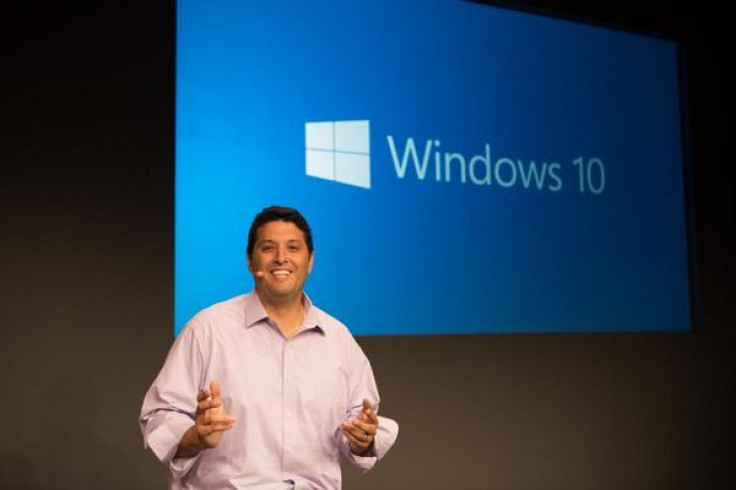Windows 10 will be directly available for Windows 7/8 users: OS expected to be free for Windows 8.1 users
Windows 7/8 users will be able to upgrade to Windows 10, without formatting their system.

Microsoft is all set to unveil its Windows 10 OS in fall 2015. The OS is being eagerly awaited by users as it will incorporate the start button on the desktop, that it had done away with in Windows 8/8.1.
In a new development, Windows 10 will be made available as a direct upgrade to Windows 7 and Windows 8 desktop OS users.
This means, users running Windows 7 or 8 will be able to upgrade to Windows 10 platform, without having to format their computers, whereas users still running older Windows versions like the XP and Vista would require resorting to a full reinstall.
According to an official tweet by Microsoft's Insider head-honcho Gabriel Aul, Windows 7 and newer OSes support full upgrade installation paths, whereas users stuck on older Windows platforms will have to upgrade to the newest OS via Microsoft's standalone ISO.
Windows 10 free for Windows 8 users?
Along with providing direct upgrade paths, Windows 8 users [particularly those running the comparatively newer Windows 8.1] will be able to upgrade to Windows 10 free of cost, according to a Softpedia report.
The Softpedia report [quoting unnamed sources] states that users running Windows 7, which still drives nearly 50% of the world's computers, would have to pay a nominal sum to obtain and run Redmond's newest desktop OS.
However, those using XP and Vista would have to pay the entire cost of the Windows 10 software for an upgrade.
Have backups ready
Users who wish to switch from Windows XP to Windows 10, need to backup all data, as you would be required to clean-format your PC.
You could make use of the cloud, to store all confidential information.
Features to check for in Windows 10 stable release
- Cortana integration: According to a recent report, Cortana will be available to desktop users running Windows 10, in the form of an application.
- Mini Start Menu: Considering the user flak it received for eliminating the start button within Windows 8, Microsoft during its Build conference earlier in the year showcased a prototype of a new 'Mini Start Menu'. The prototype showcased floating Live Tiles in the Start Menu, which lets users access both metro-style and conventional (traditional Windows) apps.
- Focus on desktop users: On desktops, the Windows 10 interface is expected to boot as default rather than letting users choose between the traditional Windows and metro-style user interfaces. Windows 10 will dynamically fit in the device, which it runs. Users on different Windows platforms should see the OS differently.
© Copyright IBTimes 2024. All rights reserved.





